Unavailable
Missa Brevis in E flat - Score is currently unavailable
We can no longer provide this arrangement through Sheet Music Stores. The listing stays online so you can learn about the piece and explore alternatives.
Try these next steps
- Discover similar sheet music curated for you below.
- Search for “Missa Brevis in E flat - Score” across our catalog.
About this arrangement
SAB chorus, strings, harp, organ SKU: CJ.A121900666 Composed by Francois Clement Theodore Dubois. XXth century. Three mixed voices, E flat. 20th century, sacred. Choral score. Editions a Coeur Joie #A121900666. Published by Editions a Coeur Joie (CJ.A121900666). <span style="font-family:" Georgia, serif; font-size: 8pt;><span style="font-weight:" bold; font-size: 8pt;> Discover the Missa Brevis in E flat for 3 mixed voices choir by Th&eacute;odore Dubois: The Missa Brevis for 3 voices in E flat was published in 1878 by the Parisian publisher Graff for soprano, alto and baritone tessitura with organ accompaniment and double bass ad libitum. A short Mass indeed since it contains only four of the five parts of the Ordinary of the Mass. The Creed is omitted and, musically, the Agnus Dei will be a reprise of the original Kyrie. It is this complete version in small numbers that we offer with this present edition. In 1893, Theodore made an orchestration for violins 1 & 2, viola, cello and double bass, harp and organ of this mass. This new orchestral presentation, with a larger number of instruments, will remain manuscript, unpublished; a piece currently kept at the Bibliotheque nationale de France (BnF: Res. Vma, ms. 729). This second version was made to be superimposed on the first one, the writing for choir not changing, except for a few minor details. This is why we also propose - in addition to the original score for choir, organ and double bass - the possibility of performing this mass with the enriched instrumental staff that Th&eacute;odore Dubois himself had chosen. <span style="text-decoration-line:" underline; font-size: 8pt;> About Th&eacute;odore Dubois : h&eacute;odore DUBOIS (1837-1924) is today better known to music professionals with his Treatise on Theoretical and Practical Harmony than to the general public because his works, although numerous, are very rarely played or sung. Apart from chamber music, symphonic or organ music, there is a large lyrical production (comic operas, ballets) and an impressive catalogue of motets, oratorios and masses. Although the Grand Prix de Rome he won in 1861, this composer made a career as chapel master and organist at the Madeleine church (succeeding Saint-Saens), before teaching harmony and composition at the Paris Conservatoire, of which he later became director. His sacred music is characteristic of that of the French musicians of the end of the 19th century, as shown by the three solemn masses, full of emphasis, and the three short masses, a testimony of conciseness and interiority like the other masses of his time, by Andr&eacute; Caplet or Gabriel Faur&eacute;. (Jacques BARBIER) Content: <span style="font-family:" Georgia, serif; font-size: 8pt;> Kyrie <span style="font-family:" Georgia, serif; font-size: 8pt;> Gloria <span style="font-family:" Georgia, serif; font-size: 8pt;> Sanctus <span style="font-family:" Georgia, serif; font-size: 8pt;> Benedictus <span style="font-family:" Georgia, serif; font-size: 8pt;> Agnus Dei
Related sheet music
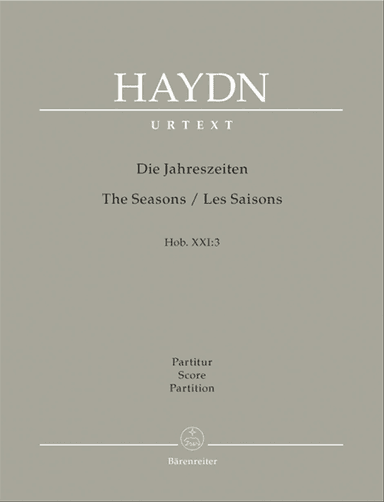
Les Saisons Hob. XXI:3
franz joseph haydn
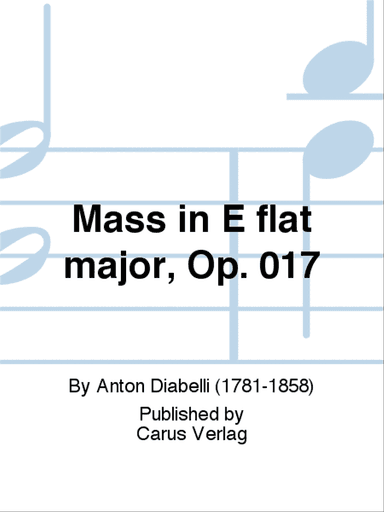
Mass in E flat major (Messe in Es)
anton diabelli

Missa solemnis in C K. 337
wolfgang amadeus mozart

Missa Brevis Arosiensis
marten jansson
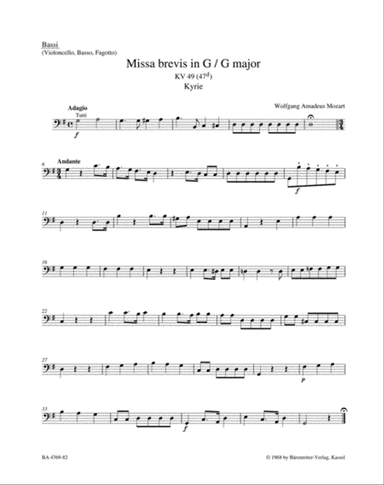
Missa brevis G major, KV 49 (47 d)
wolfgang amadeus mozart

Cantate Domino (Singet dem Herrn)
max eham
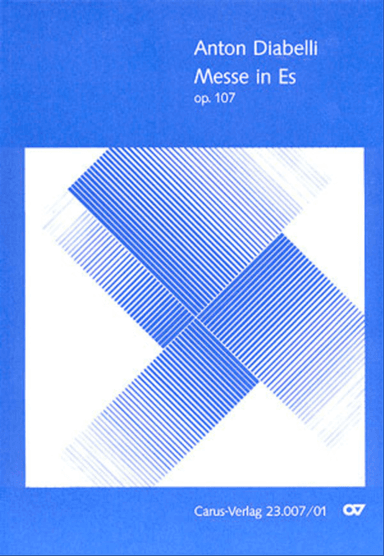
Mass in E flat major (Messe in Es)
anton diabelli

Missa brevis in E flat- Choir and organ
francois clement theodore dubois
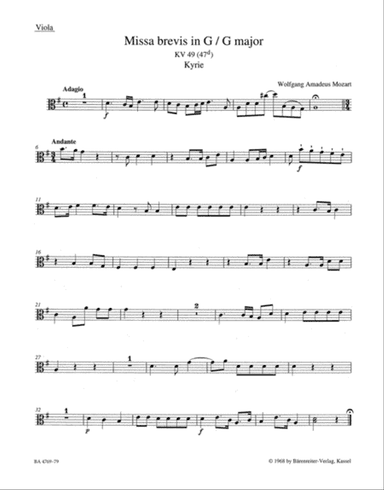
Missa brevis G major, KV 49 (47 d)
wolfgang amadeus mozart
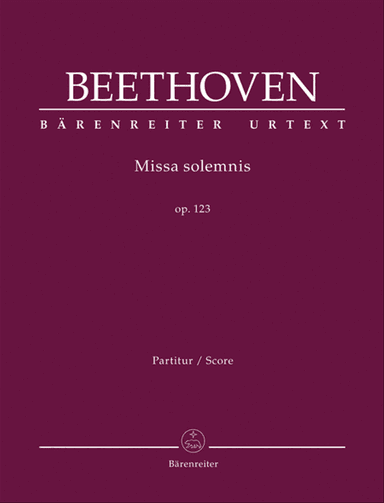
Missa solemnis, op. 123
ludwig van beethoven

Missa C major, KV 220 (196b) 'Sparrow Mass'
wolfgang amadeus mozart

Missa C major, KV 317 'Coronation Mass'
wolfgang amadeus mozart